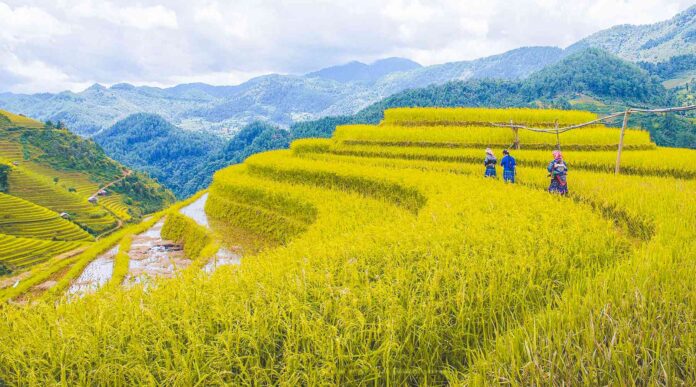Vietnam is a growing tourism destination due to its beautiful scenery, rich history, and dynamic culture. Hanoi, Ho Chi Minh City, and Ha Long Bay are popular, but other hidden treasures provide a more real experience. Discovering Vietnam hidden gems is easier and more entertaining with these ideas. Before visiting Vietnam’s hidden beauties, research rural areas and cultures.
Understanding Vietnam’s Regional Diversity
Vietnam is long and narrow, with many beautiful and interesting locations. From northern highlands to southern Mekong Delta riverine environment, hidden riches await. Understanding regional differences is necessary for Vietnam travel. Rice terraces and ethnic minority villages characterize Sapa and Ha Giang in the far north. Central Vietnam, especially Phong Nha-Ke Bang National Park, boasts beautiful caves and unspoiled countryside. Southern Vietnam is known for its tropical islands and floating markets.
You should research these places to prepare for weather and terrain. Remote or rural places with limited mobility and seasonal weather hold many unknown treasures. Knowing these local customs may help you prepare for your trip.
Be Prepared for Off-the-Grid Travel
Vietnamese rural areas and hidden gems lack contemporary amenities. Off-grid locations have less cell service, internet, and Alpha car rental services than large towns.. Simple accommodations may incorporate local family house stays. These excursions provide a more real local experience than hotels. Because isolated places may not have ATMs, travelers should bring a portable charger, a paper map (in case their GPS fails), and adequate local money. Learning some basic Vietnamese phrases can aid in non-English-speaking countries.
Respect Local Customs and Traditions
Lodging with local families frequently involves food sharing. Accepting invitations and eating local cuisine is a terrific way to get to know your hosts, but respect their seated, toasting, and group dining norms. Asking permission before photographing individuals or religious symbols, which some groups may feel intrusive, is respectful.
Learn About Sustainable Travel Practices
Tourism is expanding, especially in uncharted locations, making sustainable travel more important. Many of Vietnam’s hidden gems are in rural settlements, national parks, and other environmentally sensitive places. Sustainable travel reduces environmental impact.
Explore Beyond Popular Tourist Routes
Take risks when organizing your vacation. Ha Long Bay and the Cu Chi Tunnels are beautiful, but lesser-known spots offer breathtaking views without the throng. Ban Gioc Waterfall on the China-Vietnam border is one. Though off the beaten path, this waterfall is one of the largest and most beautiful. Despite growing popularity, Phong Nha-Ke Bang National Park’s caves are less congested than coastal Vietnam locations. Another hidden beauty is the Con Dao Islands, a series of southern islands with clear waters, stunning coral reefs, and a penal history. Due to limited tourism, these islands offer a tranquil vacation.
Be Open to New Experiences and Spontaneous Adventures
Explore Vietnam’s hidden gems for unanticipated adventure. Schedules are helpful, but expect surprises. Rural inhabitants may give home-cooked dinners, festivals, or spontaneous town tours. Open-mindedness helps travel more than rigorous itinerary planning.
Conclusion
Venture off the main path to discover Vietnam’s treasures. Each site is different, from the peaceful Con Dao Islands beaches to the lonely Ha Giang Mountains. Understanding each area’s nuances, being ready for remote travel, obeying customs, and employing sustainable methods can make Vietnam’s lesser-known beauties memorable. Traveling to Vietnam will expose its secrets to few foreigners.

